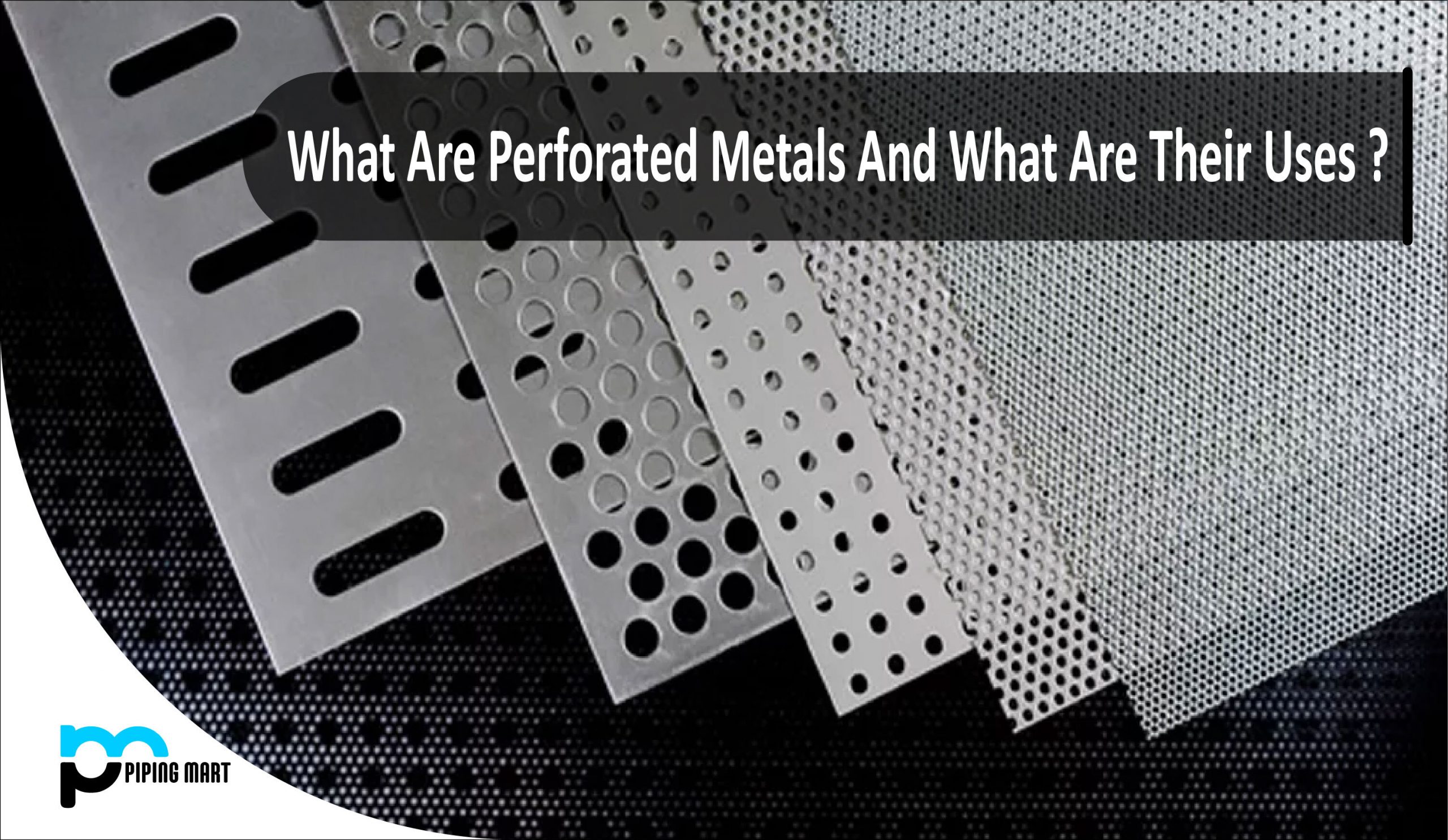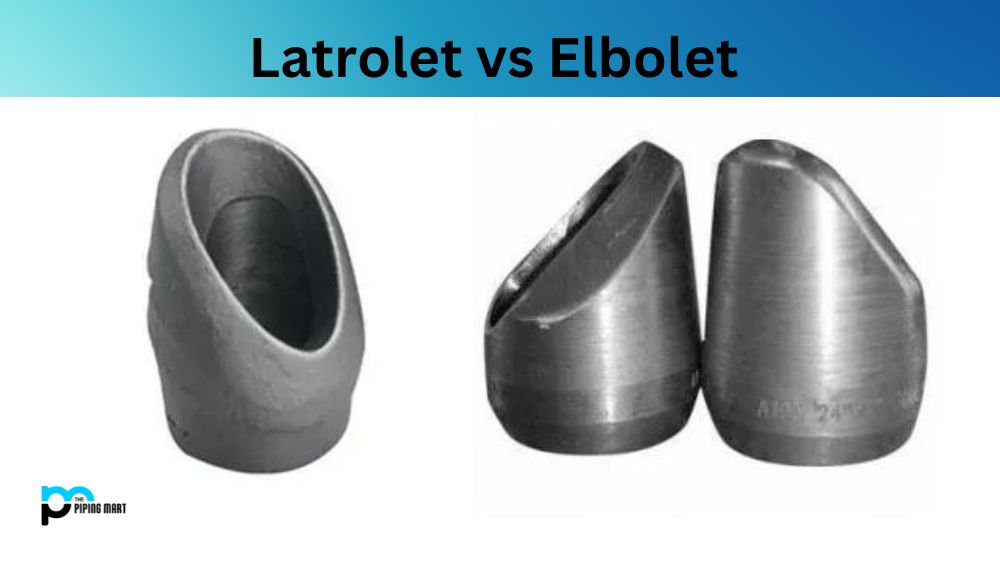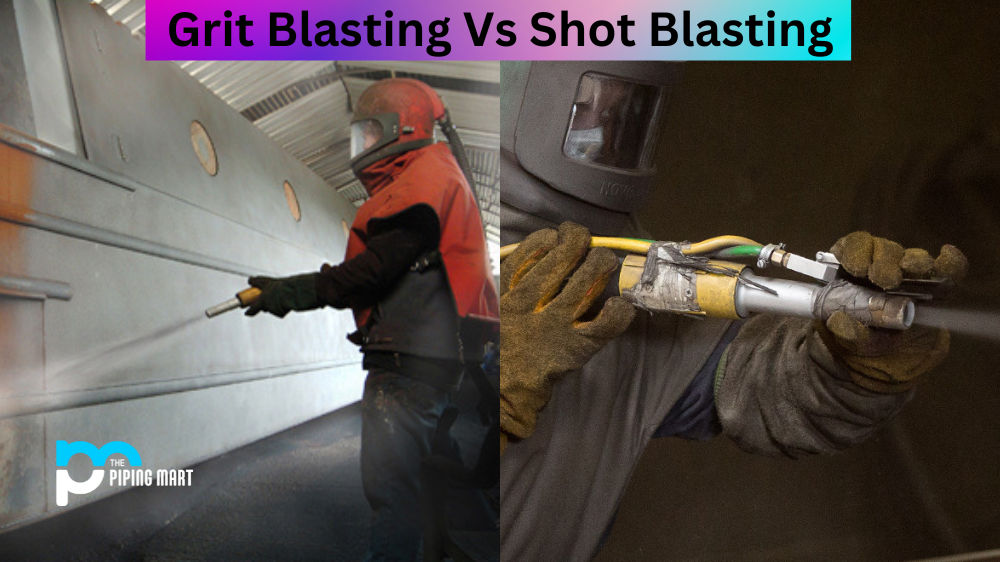Foundry casting is a method of producing metal parts from molten metal poured into moulds. The process has been used for centuries to produce a variety of components for use in many industries, including automotive, construction, and aerospace. In this blog post, we’ll take a look at some of the advantages and disadvantages associated with foundry casting.
Advantages of Foundry Casting
Foundry casting offers several major advantages over other metal-forming processes. First and foremost, it’s an incredibly cost-effective way to create large numbers of parts quickly and efficiently. With one mould, hundreds or even thousands of identical parts can be produced in just a few hours—a task that would otherwise require significant time and labour to complete. Additionally, foundries are able to create complex parts that would be difficult or impossible to make using other methods. This includes intricate geometries like hollow cavities or internal passages that are often required for various components such as pipes or valves. Finally, foundries can produce parts with greater precision than other methods. This means fewer defects that need to be addressed before the part is ready for use.
- More accurate dimensions
- Smoother surface finish
- Greater strength and durability
- Greater resistance to wear and tear
- Greater resistance to corrosion
Disadvantages of Foundry Casting
Despite its many advantages, foundry casting does have some downsides as well. For starters, it requires considerable setup costs—moulds must be designed and built before production can begin. Additionally, moulds must be regularly replaced due to wear-and-tear caused by repeated pourings. This can add significantly more cost to the process if it isn’t done properly or on schedule. Finally, while the process itself is fairly reliable when done correctly, there is always an element of unpredictability involved because any imperfections in the mould or fluctuations in temperature could lead to defects in the finished product—which must then be addressed before production can resume again.
Limited to Simple Shapes
One of the primary disadvantages of foundry casting is that it is limited to simple shapes. Foundry casting is a process in which molten metal is poured into a mould and allowed to cool, creating a casted piece. This process is typically used for small objects such as coins or jewelry. However, it cannot be used for larger objects or objects with complex shapes.
Requires Specialized Equipment
Another disadvantage of foundry casting is that it requires specialized equipment. In order to cast metal, you must have access to a furnace that can reach high temperatures, as well as a mould that is the desired shape of the final product. This equipment can be expensive and may not be available to everyone.
Time-Consuming
Foundry casting can also be a time-consuming process. First, the metal must be melted in the furnace, which can take several hours. Once the metal has melted, it must be poured into the mould and allowed to cool completely, which can take several more hours. Finally, the casted piece must be removed from the mould, which can be difficult if the piece is intricate or delicate.
Risk of Injury
Another disadvantage of foundry casting is that it carries a risk of injury. Working with molten metal can be dangerous, as there is a risk of burns or other injuries if you are not careful. Additionally, working with hot furnaces can also be dangerous if you do not take proper safety precautions.
Produces Pollution
Finally, foundry casting can also produce pollution. When metal is melted in a furnace, it releases harmful toxins and chemicals into the air. These pollutants can harm the environment and human health if they are not properly controlled.
Conclusion:
Foundry casting is an incredibly effective way for engineers and manufacturing professionals to create high-quality metal components quickly and cost-effectively. However, it does come with certain drawbacks that should be taken into consideration when selecting a manufacturing process for your project needs. It’s important to weigh all of your options carefully before making a decision so you can be sure you’re getting the most out of your investment!

Abhishek is a seasoned blogger and industry expert, sharing his insights and knowledge on various topics. With his research, Abhishek offers valuable insights and tips for professionals and enthusiasts. Follow him for expert advice on the latest trends and developments in the metal industry.




